By Tommy Clarkson from the July 2015 Edition
Surinam Cherry, Eugenia uniflora
Family: Myrtaceae
Also known as: Brazilian Cherry or Cayenne Cherry
Native to Surinam (well, duh!), Guyana, French Guiana and southern Brazil, this shrub or, maybe, more correctly a tree as it can grow up to twenty-five feet (7.5 m) has slender, multi-trunked, spreading branches and lightly aromatic foliage. (I just went out and smelled my potted specimen and though not related by birth, marriage or adoption it has a delicately pungent smell reminiscent of the pine family!)
It sports leaves opposite of each other that are bronze when young, evolving to deep green and glossy when mature. In cooler climes they turn red in dry winter weather. These are ovate to ovate-lanceolate and either blunt or sharp-pointed being 1½ to 2½ inches (4 – 6 ¼ cm) long.
Continuing with a description of the Eugenia uniflora, it has long-stalked flowers which are borne singly or – as many as – four together. Each of these small blossoms has four delicate, recurved, white petals with a wholly delightful tuft of fifty to sixty highly prominent white stamens with pale-yellow anthers.
Now the primary reason for this plant’s existence is its wonderful seven to eight- ribbed, oblate fruit for a good visual description, I liken them to tiny red pumpkins! These are ¾ to 1 ½ inches (2 – 4 cm) in size, turning from green to orange and then, when mature,
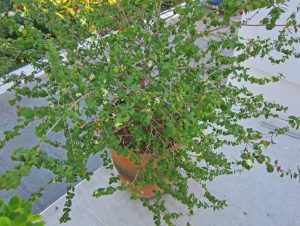
bright-red to deep-scarlet or, even a purplish maroon when fully ripe. They are ready to devour when they easily fall off into your hand and are as cute as the proverbial “button’!
As historical aside, it’s purported that Portuguese sailors transported the seed from Brazil to India, then next to Italy and the rest of southern Europe and finally into Florida.
The skin of this fruit is thin and very juicy, ranging from acid to sweet, with a touch of resin and slight bitterness. (Interestingly, while Jose, Juan and I love them, Patty does not care for their taste . . . which leaves more for my core gardener team and me!) Inside them there can be one reasonably large, round, seed or two or three smaller ones, each with a flattened side, slightly attached to the fruit’s flesh by but a few slender fibers.
Through the development of cultivars, there are now several varieties that have been developed that are absent of that somewhat bitter flavor. Two of these are the Lolita Surinam Cherry
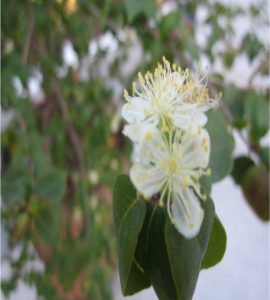
and the Chamba Surinam Cherry. The former is nearly black when ripe and quite sweet – with all but no aftertaste. The latter rivals the flavor of a traditional cherry and the melt-in-your mouth factor is amazing! It is fire engine red in color and also has very little if any resinous aftertaste.
The seeds of this base plant, however, are extremely resinous and should not be eaten. Diarrhea can result with dogs that have been fed the whole fruits by children. Some assert that the emanation from bushes being pruned can irritate respiratory passages of sensitive folks.
These fruits are a fun addition to fruit cups, salads and ice cream as well as having the great potential for pickles, pies, jelly, jams, relish or syrup. In Brazil, locals sometimes spread the leaves over the floors of Brazilian homes as when walked upon they release a somewhat pungent oil that repels flies. Another use is for the bark, as it contains tannin and can be used for treating leather.
Beyond its great fruit and these uses, how might you or I employ this plant? It makes a good shrub, kept smaller in
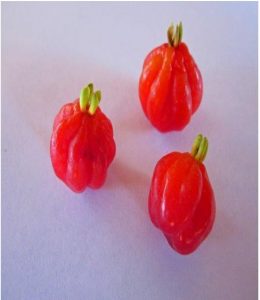
size as a potted specimen, free-standing tree or trained and trimmed as buffer strips. It is said to like part sun and part shade, but mine does well in nearly full sun.
Propagated by seed or cuttings, scale and caterpillars are its primary nemesis with no major disease problems.
As regards its Latin name the Eugenia part comes from Prince Eugene of Savoy, 1663-1736, who was into botany and horticulture and, supposedly, at the time of his death was the richest man in the world. Uniflora comes from the Latin unus, meaning “one or single” and folium, defined as “to bloom”.
Homeopathically, the leaf infusion can be taken as a stomachic and astringent or drunk as a cold remedy and, in combination with lemongrass, as a febrifuge. (A’hhh the array of minutia you glean from these works in preparation for your playing Jeopardy is simply amazing!)
For back issues of “Roots”, gardening tips, tropical plant book reviews and videos of numerous, highly unique eco/ adventure/ nature tours, as well as memorable “Ultimate Experiences” such a Tropical Garden Brunches.
Visit us at.. www.olabrisagardens.com
Download the full edition or view it online
—
Tommy Clarkson is a bit of a renaissance man. He’s lived and worked in locales as disparate as the 1.2 square mile island of Kwajalein to war-torn Iraq, from aboard he and Patty’s boat berthed out of Sea Bright, NJ to Thailand, Germany, Hawaii and Viet Nam; He’s taught classes and courses on creative writing and mass communications from the elementary grades to graduate level; He’s spoken to a wide array of meetings, conferences and assemblages on topics as varied as Buddhism, strategic marketing and tropical plants; In the latter category he and Patty’s recently book, “The Civilized Jungle” – written for the lay gardener – has been heralded as “the best tropical plant book in the last ten years”; And, according to Trip Advisor, their spectacular tropical creation – Ola Brisa Gardens – is the “Number One Tour destination in Manzanillo”.
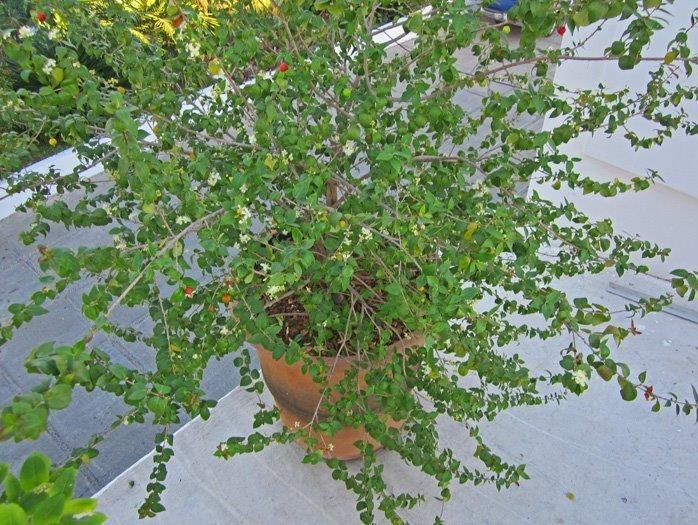

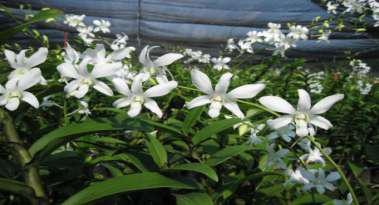
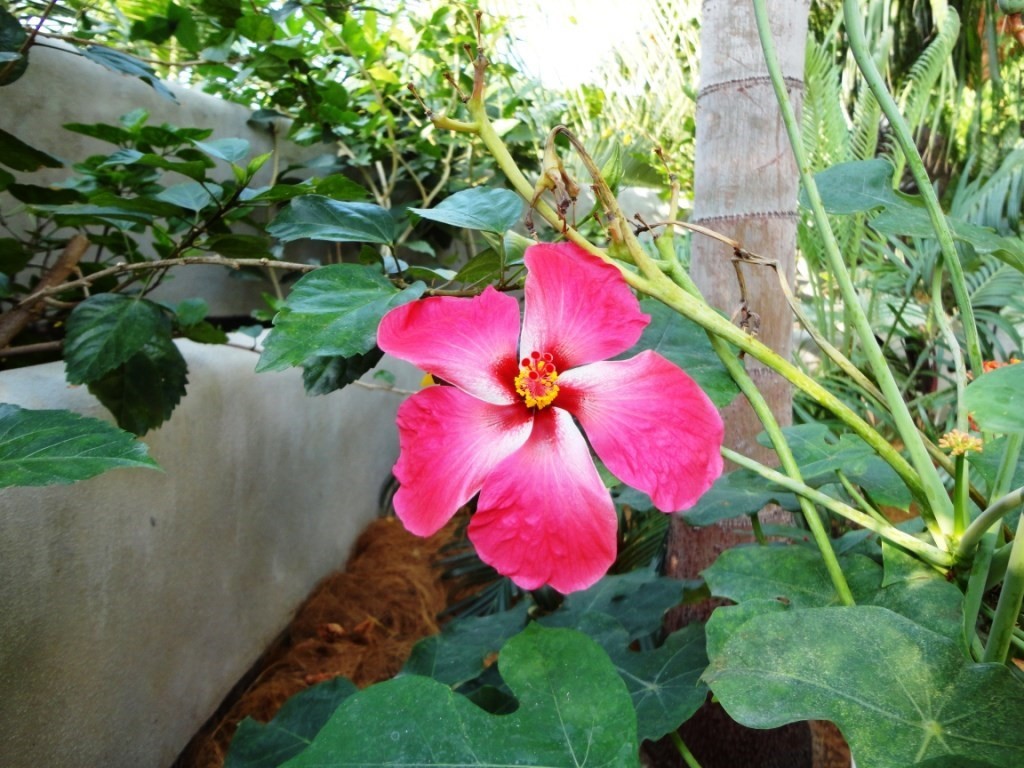

You must be logged in to post a comment.